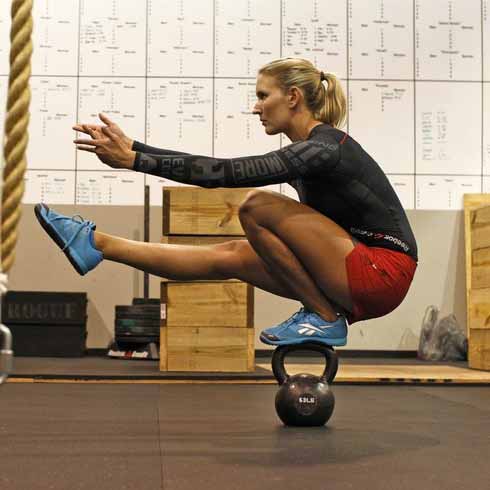
by Darcy Sullivan | Nov 16, 2021 | Performance
The elusive pistol squat. The bane of many a CrossFitter’s existence. One in very few can get them on their first try. Being able to squat on one leg is no easy feat. It requires balance, mobility, stability, coordination, and strength. But with practice, it’s a fun...


